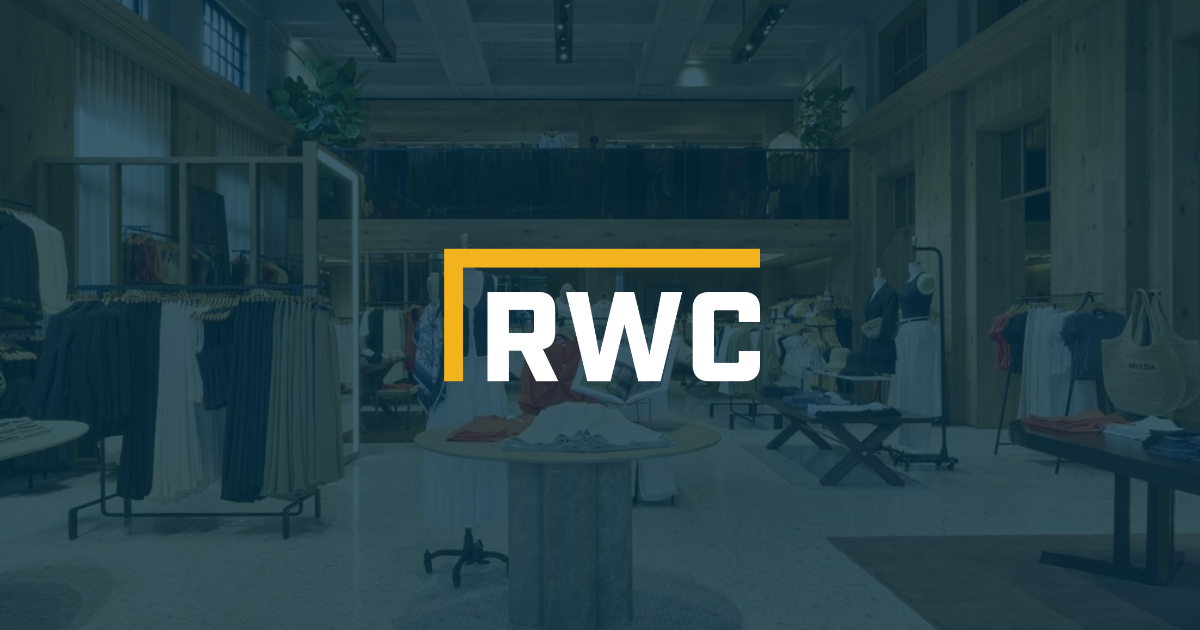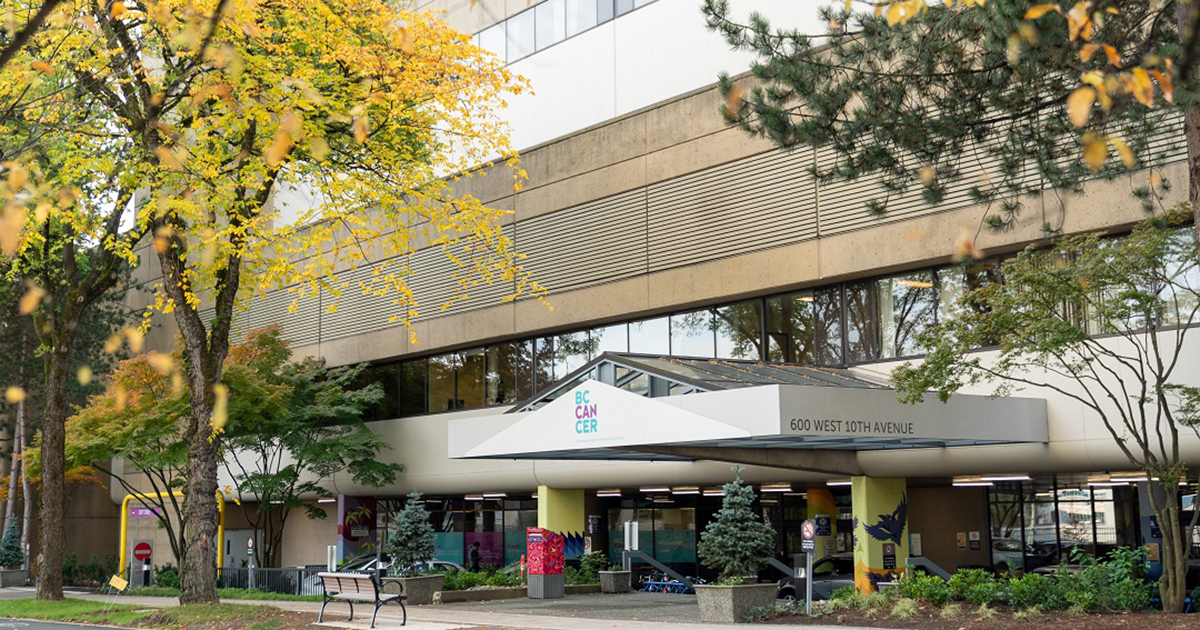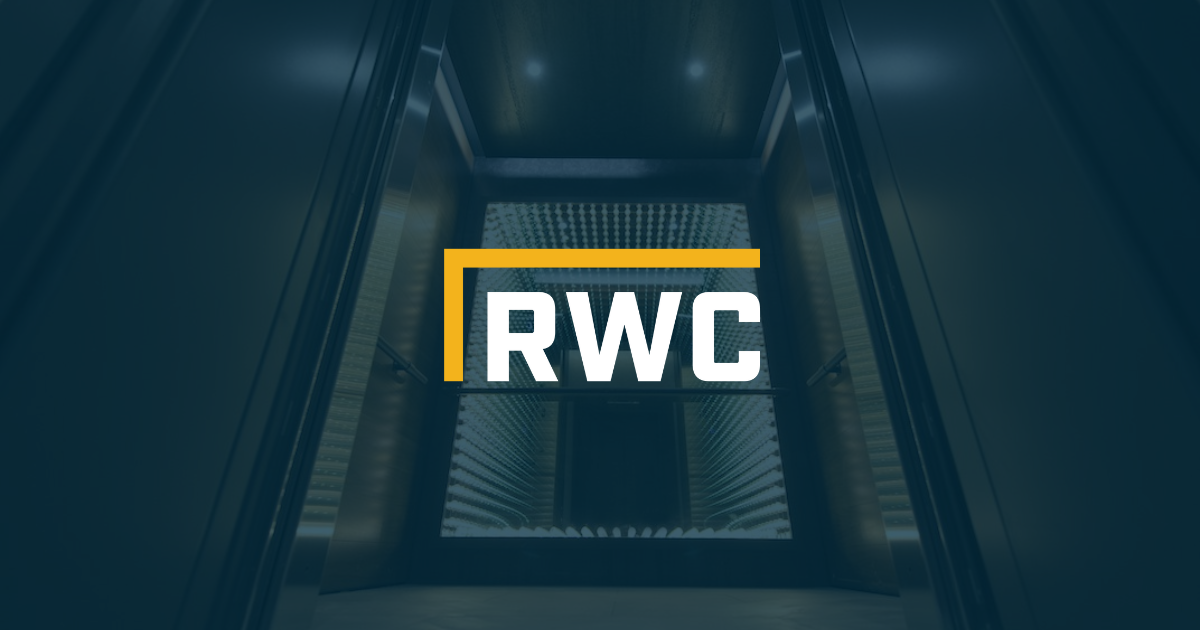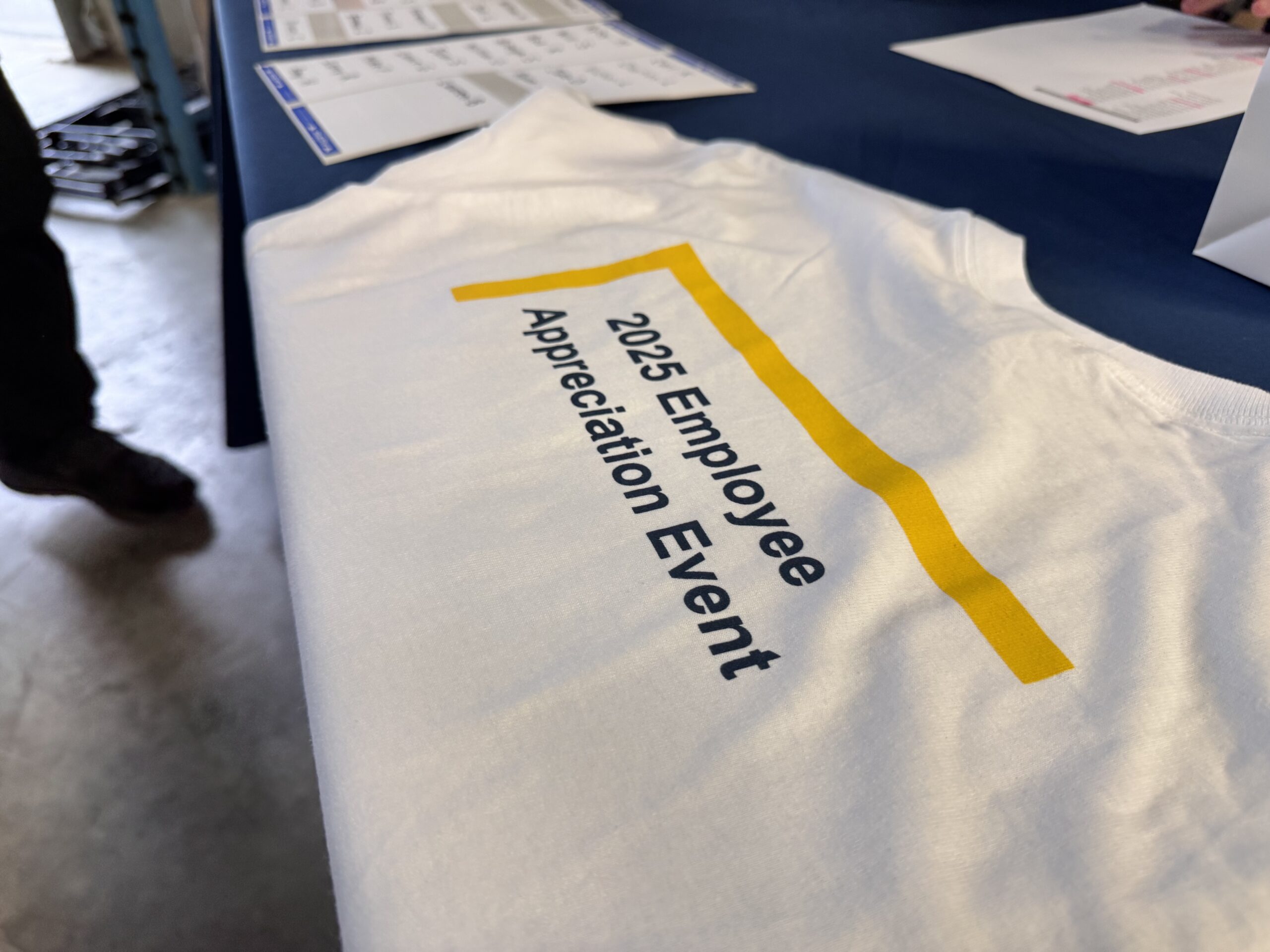RWC Systems Wins Aritzia Retail Project at Oakridge Mall
Read more
By Lisa Lehwald, CFO of RWC Systems
When embarking on a large commercial construction project, selecting subcontractors, particularly drywall contractors, requires more than just evaluating their technical capabilities. As someone who has navigated the complexities of risk management and finance in the construction industry, I’ve seen firsthand the critical importance of financial diligence and risk assessment. Drawing from my experiences as a CFO of RWC Systems and a former Risk Insurance Analyst for PCL Construction, I’m here to share some invaluable advice on mitigating financial risks when choosing a drywall subcontractor.
Understanding the Financial Health of Your Subcontractor
One of the primary concerns for general contractors (GCs) is the financial stability of subcontractors. The fear of a subcontractor running out of funds mid-project is not unfounded. Such scenarios can lead to unfinished work, delayed projects, and a scramble to find replacement contractors at a higher cost. To avoid these pitfalls, it’s essential to thoroughly assess your subcontractors’ financial health.
The Importance of Bonding and Insurance
When subcontractors cannot provide a GC with a bond option, this presents a red flag/significant risk. For larger, more complex projects, it’s advisable to ensure that subcontractors have their bonds available, if requested. At RWC Systems, we maintain a high bonding capacity for our industry, which is particularly beneficial for large bids such as stadiums and hospitals. This safeguards the project and relieves the GC’s internal insurance from additional risk.
Assessing Working Capital and Financial Resilience
A subcontractor’s ability to manage their finances, especially working capital, is paramount. This liquidity is crucial for sustaining projects, especially when GCs typically retain the holdback until the completion of their work.
The subcontractor’s financial resilience is particularly important especially if they are juggling multiple projects. If a subcontractor cannot provide financial statements or there are signs of delayed payments to their employees, consider it a red flag.
Evaluating Project Backlog and Client Satisfaction
A substantial backlog might seem like a sign of a successful subcontractor, but it can also indicate overextension. Assess how the subcontractor plans to manage this workload without compromising quality or timelines.
Furthermore, go beyond reference projects presented on a website or presentation and seek out direct feedback from past clients. Happy clients willing to discuss their experiences, along with written testimonials, provide a more accurate picture of the subcontractor’s reliability and quality of work.
Selecting a drywall subcontractor for a large commercial project involves a nuanced evaluation of their financial stability, risk management practices, and client satisfaction record. By requiring bonding or SDI, assessing financial health, and scrutinizing client feedback, GCs can significantly reduce the risks associated with subcontractor default. Remember, the goal is not just to complete the project but to do so on time, within budget, and to the highest quality standards. By prioritizing financial diligence and risk management, we can ensure the successful execution of complex construction projects.







